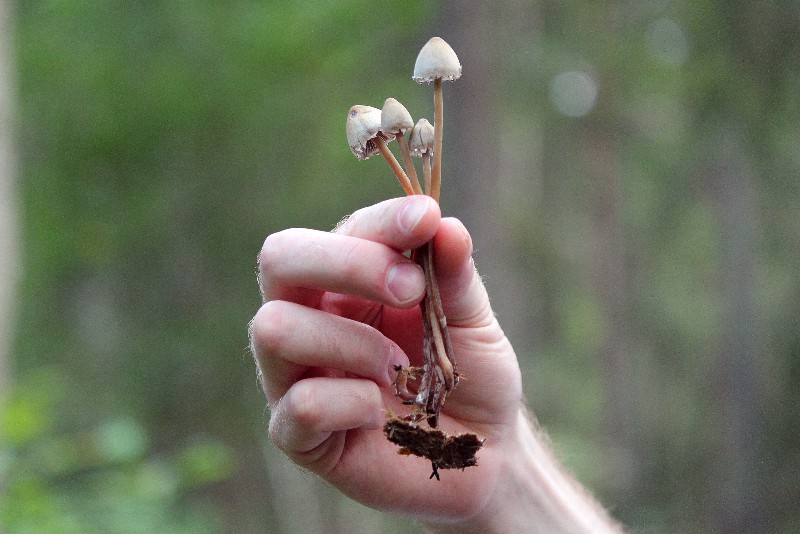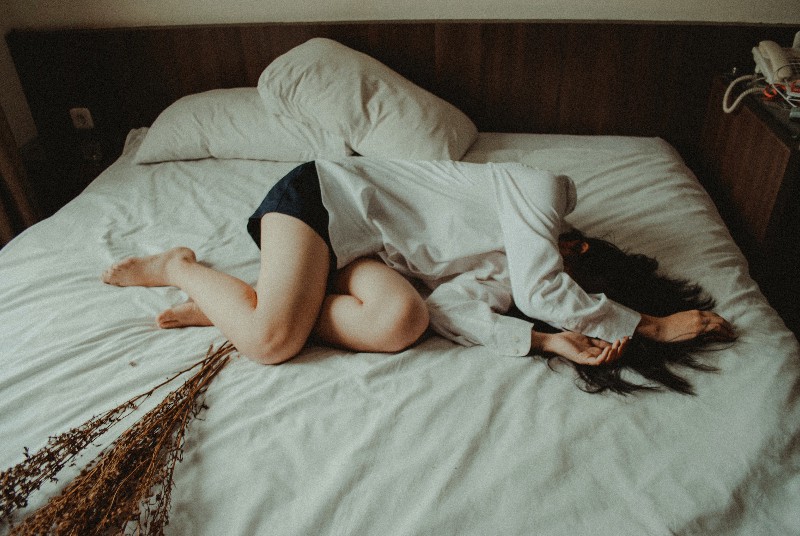In Mexico, the use of magic, or hallucinogenic, mushrooms can be traced back to indigenous cultures that regarded them as sacred and revered their transformative properties. Many Indigenous groups, such as the Mazatecs, Mixtecs, and Zapotecs, have incorporated mushrooms into their traditional ceremonies for healing, divination, and connecting with the spiritual realm.
During mushroom ceremonies, a shaman, known as a curandero or curandera, guides participants through the experience, providing a safe and sacred environment. One of the most famous Mexican curanderas is María Sabina, who gained international recognition for her work with prominent individuals seeking profound insights and healing through traditional mushroom ceremonies. Her unique abilities and connections with the spiritual world attracted notable figures, including scholars, artists, and even celebrities, who traveled to her remote Oaxacan village to partake in the ancient rituals involving psilocybin-containing mushrooms. Sabina’s interactions with these prominent personalities contributed to the growing fascination with entheogenic experiences and their potential impact on creativity, spirituality, and personal growth.
The mushrooms are often consumed ritualistically, such as being ingested with specific chants, prayers, or offerings. The curandero facilitates the journey, helping individuals navigate their inner landscapes, confront fears, gain insights, and experience profound spiritual connections. We spoke with Fernanda, a Mexican practitioner of psilocybin treatments (name changed for safety), about her work combining her knowledge of curanderismo, allopathic medicine, and psychology in her practice.
How does psilocybin work on the body?
Psilocybin is metabolized in the liver, transformed into psilocin (the “molecule of happiness”), and then acts on serotonin receptors, explicitly regulating mood. Psilocybin stimulates neurogenesis, which is the generation of new neurons. It is extraordinary for neuroplasticity -the brain’s ability to recover, restructure, and adapt to new situations. Additionally, it stabilizes moods and allows for a higher level of consciousness.
What do psilocybin treatments consist of?

Treatments can be administered in microdoses or macro doses, stimulating neurogenesis and offering extraordinary potential for neuroplasticity, mood stabilization, and heightened consciousness. A microdose contains approximately 0.010 to 0.5 grams, and although the doses are taken daily, they are so small that they are indistinguishable in everyday life. On the other hand, macrodose therapies contain 0.6 grams and above and are conducted in sessions of approximately five hours; you can do it as often as once a month.
How should I prepare before the psilocybin ceremony?
Compared to micro-dosing, before a macro dose session, the patient must avoid consuming fats, red meat, and pork for at least one week in advance. The approaches to psilocybin treatments must be individualized, with patients having various intentions and goals in mind.
What are the most popular things people seek in psilocybin treatments?

Mostly, people look for this medicine to overcome loss, explore the inner depths of their personality, enhance concentration, or heal trauma. Psilocybin therapy bridges the conscious and subconscious realms, providing new perspectives and understanding of life.
Is psilocybin for everyone? Is psilocybin safe?
Natural medicine provides what you need. Therefore, anyone can consume psilocybin if they do not take antidepressants, anxiolytics, or antiepileptic drugs. This treatment is also unsuitable for people with a family history of dementia or psychosis.
Indigenous cultures in various parts of the world have used psilocybin-containing mushrooms for centuries in their spiritual and healing practices. It’s fascinating how these natural substances have been woven into cultural traditions, often seen as tools for gaining insights and connecting with the spiritual realm. And now, they are gaining popularity in less traditional contexts where people seek healing with natural substances and inner practices.
*This article is part of a series about psilocybin and its uses, both traditional and modern. We will also discuss its legal status worldwide and explore the physical and mental health benefits these mushrooms offer.
Disclaimer: This article is for informational purposes only and should not be considered legal or medical advice. Individuals should always consult with qualified professionals regarding using psilocybin or any other substance for medical purposes, considering their jurisdiction’s applicable laws and regulations.
Camila Sánchez Bolaño is a journalist, feminist, bookseller, lecturer, and cultural promoter. She is the Editor in Chief of Newsweek en Español magazine and is the features editor for Mexico News Daily.
